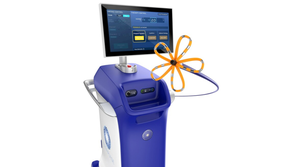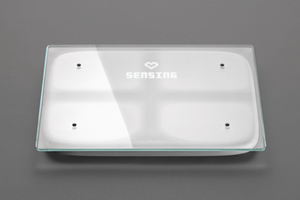March 1, 2005
Siemens Medical Solutions (Erlangen, Germany), a division of Siemens AG (Munich), has announced its intention to buy CTI Molecular Imaging Inc. (CTI; Knoxville, TN), a manufacturer of positron emission tomography (PET) equipment and related molecular imaging products and systems. In what is described by both companies as a “friendly acquisition,” Siemens will purchase all outstanding CTI shares in a deal valued at around $1 billion.
News of the acquisition is not considered particularly surprising. The two companies have been working together since 1987 in a joint venture known as CTI PET Systems, in which Siemens became a distributor of CTI's products. The deal is for all of CTI's business units, including CTI PET Systems, PETNET Solutions, CTI Mirada Solutions, CTI Molecular Technologies, and CTI Concorde Microsystems.
CTI's operations will remain in Knoxville, and the unit will become part of Siemens Medical Solutions USA Inc. (Malvern, PA).
|
|---|
Reinhardt: A natural progression. |
Commenting on the acquisition, Erich Reinhardt, PhD, president and CEO of Siemens Medical Solutions, said “This step is a natural progression in our long-time association with CTI, and reflects Siemens's overall strategy to transform the delivery of healthcare by developing trendsetting innovations that improve patient care while reducing costs.”
Ronald Nutt, PhD, president and CEO of CTI Molecular Imaging, concurred with Reinhardt's assessment and added, “This will benefit PET imaging's continued advancement as well as enhance the future of molecular imaging.”
|
|---|
CTI's Nutt: Enhancing the future. |
PET is one of the major medical imaging technologies. However, unlike x-ray, computed tomography (CT), magnetic resonance imaging (MRI), and ultrasound—which reveal the structure of organs—PET can reveal their metabolic functioning. The technology can often enable diseases to be detected at the molecular level even before anatomical changes occur or symptoms become manifest. Currently, PET scans are most widely used in cardiology, neurology, and oncology applications.
You May Also Like




